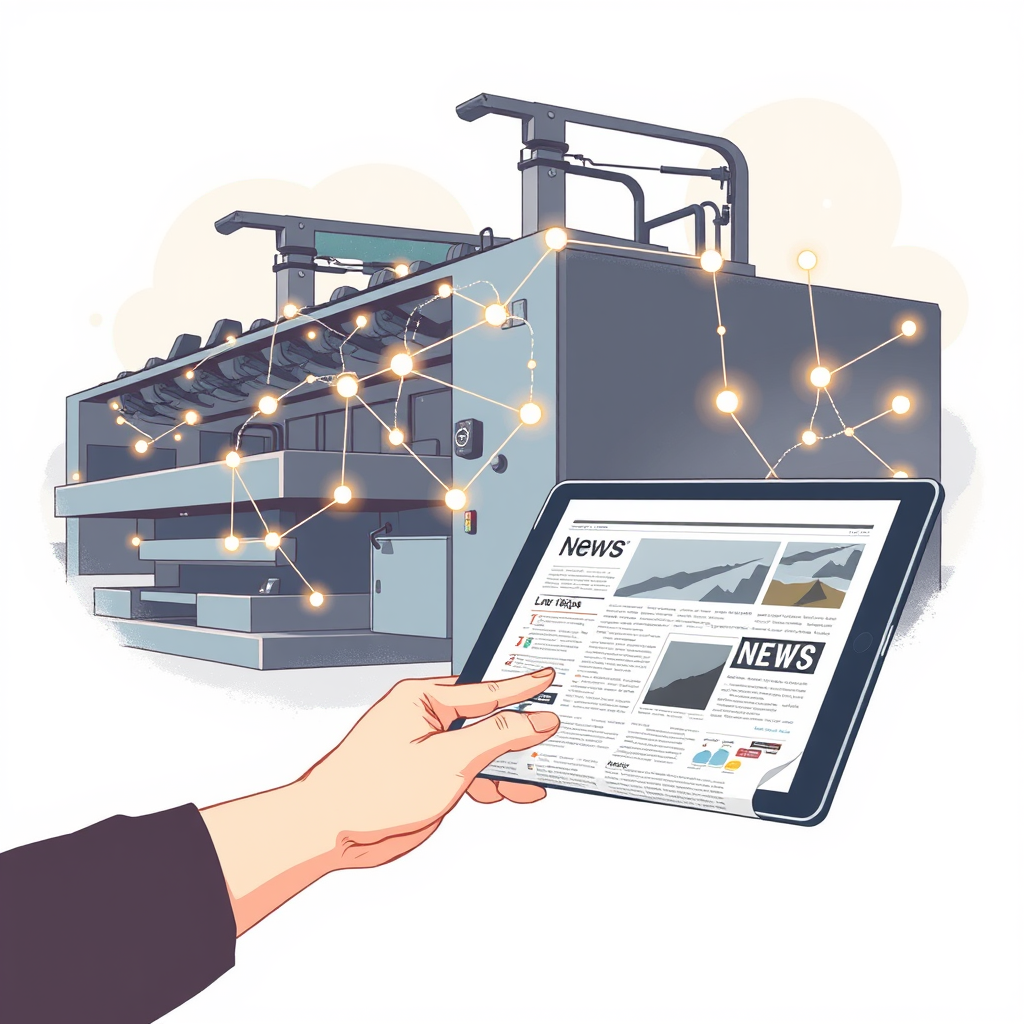Print's Future: Merging with Digital to Thrive

Rodi Group, a Dutch media company, is navigating the evolving print landscape by embracing digital integration and strategic investment, a strategy recently recognized with the WAN-IFRA Young Leader of the Year award for Managing Director Dick Ranzijn. The company, originating as a local newspaper publisher in 1970, now publishes 56 newspapers across the Netherlands, alongside operating a substantial printing and distribution network.
Ranzijn’s leadership has focused on a proactive approach to industry challenges, particularly the decline in traditional print circulation and the increasing need for technical expertise. He emphasizes that the future isn’t about choosing between print and digital, but about effectively merging the two to create synergistic cross-media opportunities. This philosophy has driven investments in both upgrading print infrastructure – including a waterless KBA Cortina press capable of producing 4.5 million copies weekly – and expanding digital capabilities.
The company isn’t shying away from technological advancements. AI is being integrated across departments, from editorial content creation using tools like ChatGPT to bolstering cybersecurity through a Security Operations Center established with Dutch Technology eXperts (DTX). This demonstrates a commitment to efficiency and proactive risk management.
Rodi Group’s strategy isn’t simply reactive; it’s a calculated shift towards diversification. While acknowledging the inevitable challenges of a turbulent economic climate, the company is prioritizing consolidation, efficiency, and continued investment in digital transformation. The goal is to reduce reliance on print revenue and prepare for a future where traditional print volumes may decline further.
This approach, in my view, is a pragmatic and sensible response to the pressures facing the print industry. Many companies are still locked in a defensive posture, attempting to preserve a shrinking market. Rodi Group, however, is actively building a bridge to the future, recognizing that innovation and adaptability are crucial for survival. The emphasis on sustainability, both environmentally and financially, is also commendable.
Ranzijn’s message to young leaders – to embrace change, challenge the status quo, and find efficiencies through automation and new business models – is particularly insightful. The industry needs forward-thinking leaders who are willing to experiment and take risks.
Looking ahead, Rodi Group aims to strengthen its core business, optimize operations, and prioritize financial stability. The company’s future is envisioned as a hybrid model, blending the strengths of print with the opportunities presented by digital technologies. This strategic direction, coupled with a commitment to sustainability and innovation, positions Rodi Group for continued success in a rapidly evolving media landscape.